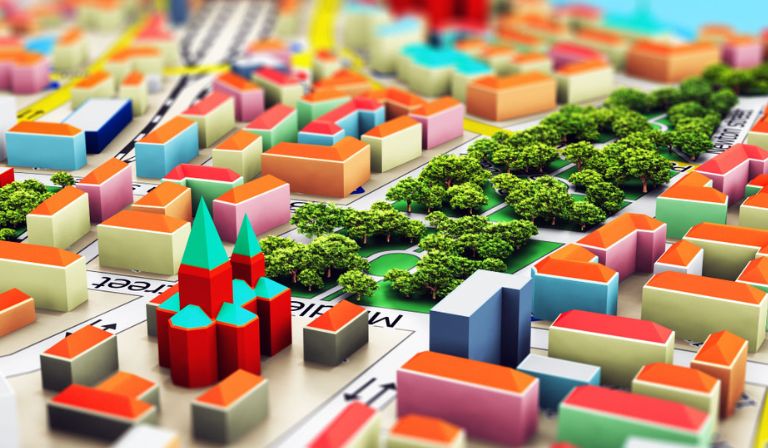Regional planning plays a crucial role in shaping the spatial organization of communities, cities, and natural environments. Unlike urban planning, which focuses on city-scale developments, regional planning encompasses a broader scope, dealing with a collection of cities, rural areas, and interconnected ecosystems. Its primary objective is to promote balanced development while ensuring sustainable use of resources and equitable access to services and opportunities across a defined geographical region.
In today’s rapidly changing world, marked by population growth, climate change, and urban expansion, regional planning has become more vital than ever. It addresses complex challenges that transcend local boundaries and fosters coordination among multiple jurisdictions.
Table of Contents
ToggleWhat Is Regional Planning?
Regional planning is a spatial planning process that integrates environmental, social, economic, and infrastructural considerations to manage land use across a large geographical area. It involves strategic decision-making to guide development, conserve natural resources, and promote resilience in the face of environmental and socio-economic pressures.
This planning process is often facilitated by regional authorities or collaborations between various local governments. Its goal is to balance growth and conservation, manage regional infrastructure, and improve the quality of life for all inhabitants within the region.
Key Objectives of Regional Planning
- Balanced Development: Reduces disparities between urban and rural areas by directing investments and resources toward underdeveloped regions.
- Environmental Sustainability: Encourages land use that protects ecosystems and supports climate resilience.
- Efficient Infrastructure: Promotes coherent development of transportation, utilities, and waste systems.
- Economic Integration: Harmonizes regional economies and reduces unemployment through coordinated policies.
- Social Equity: Ensures all communities have access to essential services and opportunities.
The Importance of Regional Planning Today
With increasing urban sprawl and shrinking rural communities, the imbalance in regional development can lead to serious consequences such as overcrowded cities, underutilized rural resources, and environmental degradation. Regional planning offers a long-term solution by integrating rural and urban dynamics, ensuring sustainable development.
Furthermore, in the era of globalization, regions are competing at a global scale. A well-planned region can attract investments, foster innovation, and offer better living conditions, giving it a competitive edge.
Core Components of Regional Planning
- Land Use Planning: Identifies zones for various uses and projects future demands.
- Transportation Networks: Develops efficient mobility systems across the region.
- Housing and Urban Growth Management: Aligns housing development with sustainability and population growth.
- Environmental Management: Protects natural resources and enhances resilience.
- Economic Development Planning: Supports industrial, tourism, and employment growth.
Challenges in Regional Planning
Despite its significance, regional planning faces numerous challenges:
- Jurisdictional conflicts between local authorities.
- Funding limitations for large-scale infrastructure.
- Lack of comprehensive and accurate data.
- Difficulties in ensuring public participation.
- Environmental uncertainties due to climate change.
Best Practices for Effective Regional Planning
- Encourage collaborative governance across jurisdictions.
- Use GIS and simulation tools for better analysis.
- Engage the public in participatory planning processes.
- Develop flexible, scenario-based plans.
- Ensure sustainability is integrated at all levels.
Case Study: A Hypothetical Example
Imagine a coastal region facing urban congestion, declining agriculture, and frequent flooding. Regional planning here would:
- Redirect urban expansion away from ecologically sensitive areas.
- Rehabilitate inland agricultural zones with better market access.
- Develop regional transport linking small towns to urban centers.
- Create buffer zones along rivers to mitigate flood risks.
- Promote eco-tourism and renewable energy development.
Conclusion
Regional planning is not just a technical exercise—it is a vision for how society coexists with its environment. As the world faces increasingly complex challenges, regional planning provides the strategic framework to manage growth, protect resources, and enhance quality of life for current and future generations.
Adopting a regional perspective enables policymakers and planners to tackle problems that transcend administrative boundaries and to create a more harmonious, resilient, and equitable landscape. Whether managing growth, protecting nature, or fostering inclusive economies, regional planning remains at the heart of sustainable development.











